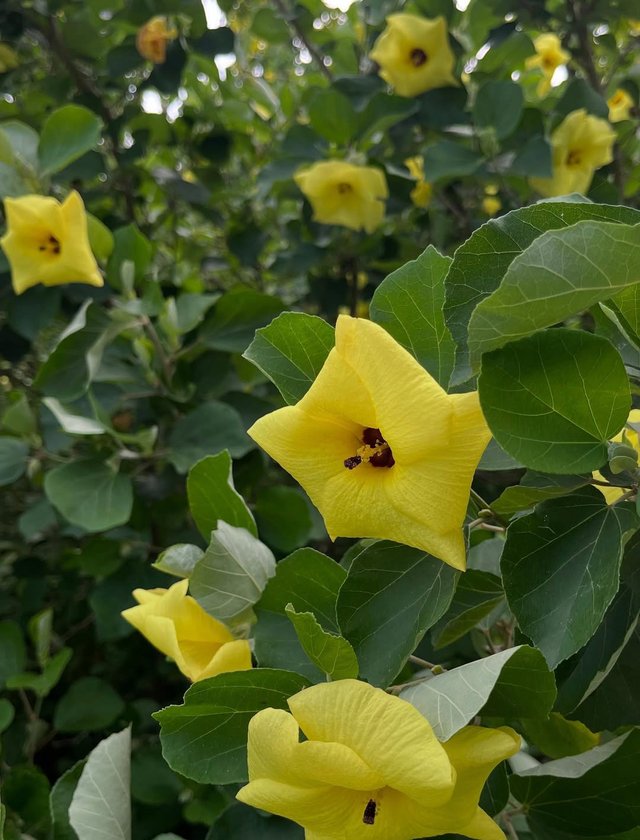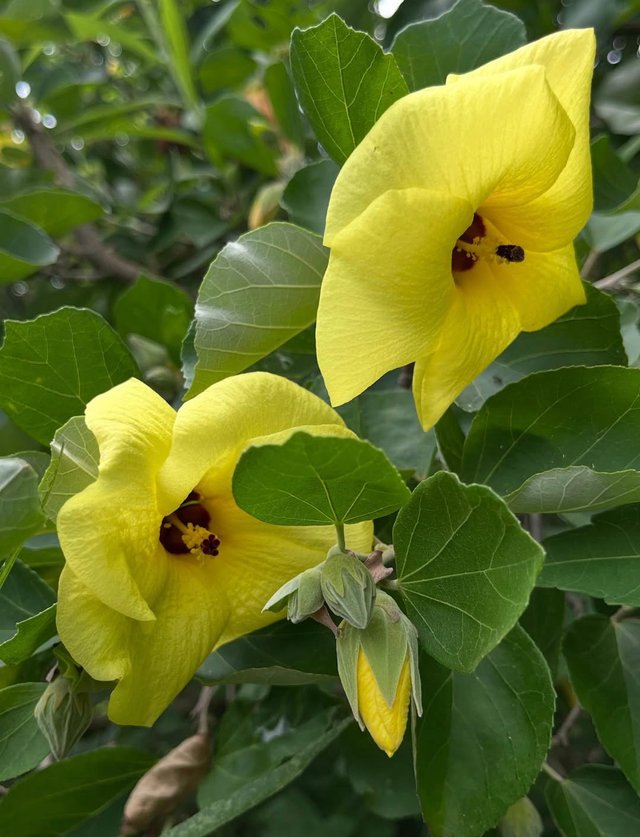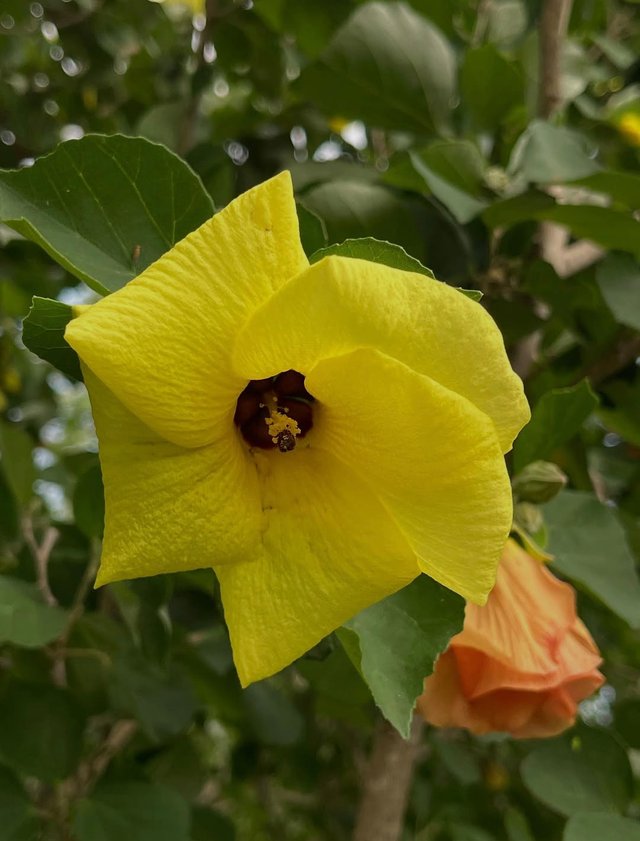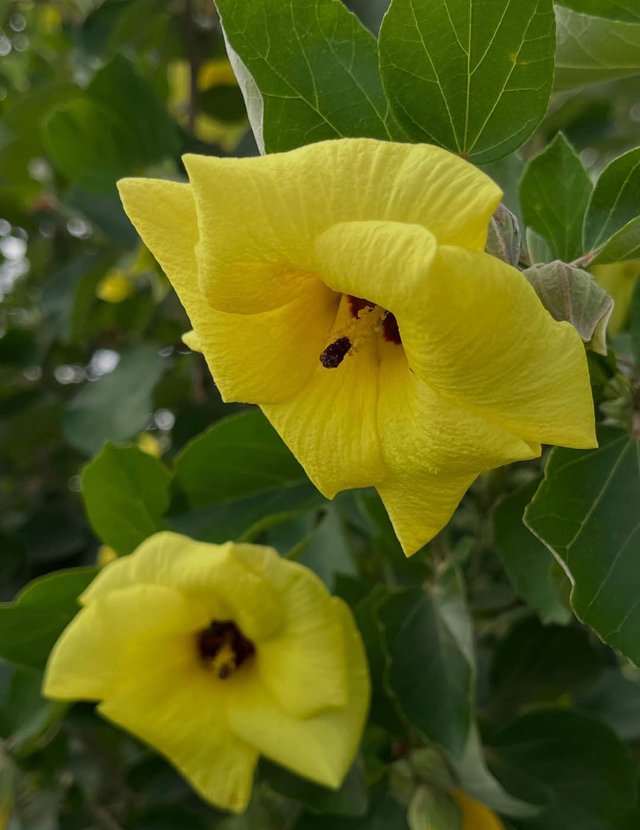Sea Hibiscus
The Sea Hibiscus,is a remarkable flowering plant with a story as rich and dynamic as the coastlines it calls home. Native to tropical regions across Asia, the Pacific Islands, and northern Australia, this versatile species has played a vital role in coastal ecosystems, traditional medicine, indigenous cultures, and sustainable living for centuries.Sea Hibiscus is a fast-growing, medium-sized tree or large shrub that can reach heights of 10–15 meters. Its broad, heart-shaped leaves resemble those of the linden tree—hence the species name tiliaceus—and its stunning, funnel-shaped yellow flowers turn orange or red as they age, creating a beautiful sunset effect.
Few trees offer the coastal charm and ecological utility of the Sea Hibiscus. Its thick canopy and large leaves provide ample shade, making it a popular choice for landscaping in tropical regions. But beyond its ornamental appeal, the tree plays a critical role in preventing coastal erosion, stabilizing sandy soils with its robust root system.The flowers are pollinator magnets, attracting bees, butterflies, and even birds. Its fallen blooms create a colorful carpet beneath the tree, enriching the ground and aiding nutrient cycling. Because it thrives in saline and brackish conditions, it’s often used in mangrove reforestation and coastal restoration efforts.
In Polynesian and Southeast Asian cultures, the Sea Hibiscus holds symbolic value. In Hawaii, it's known as Hau and is associated with strength, flexibility, and protection. Hawaiian legends often link the tree to gods, warriors, and the sea. Its flowers are worn behind the ear—just like the more famous hibiscus and can indicate one’s romantic availability.




